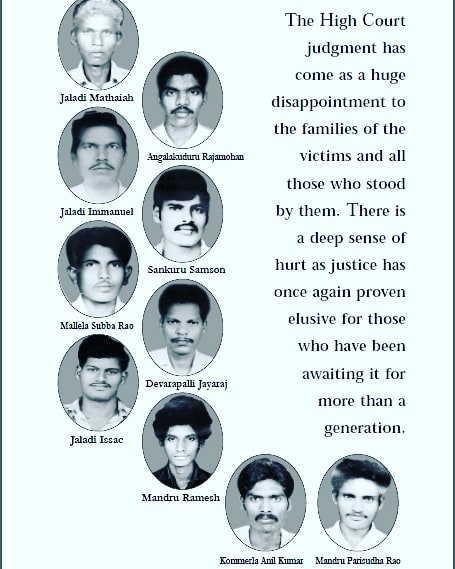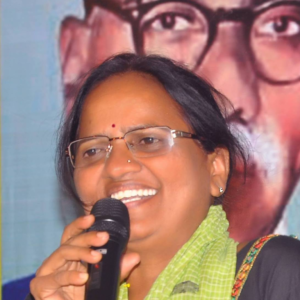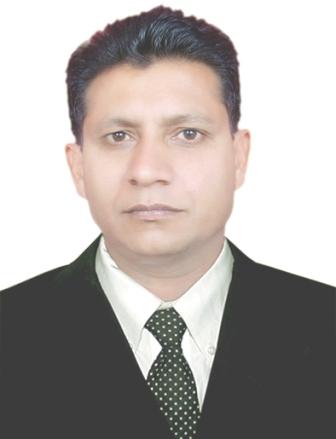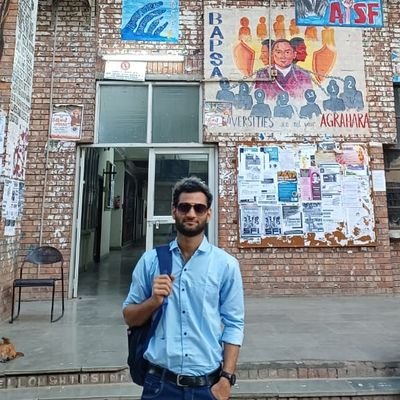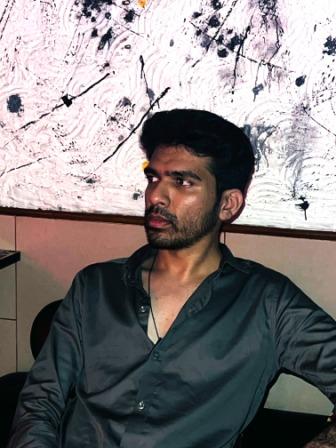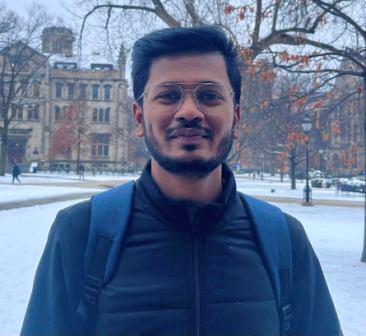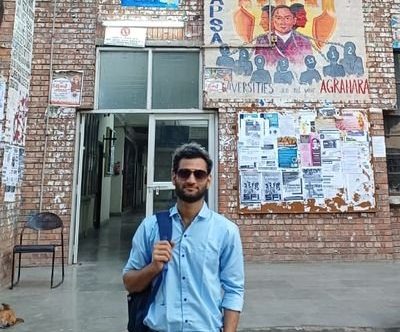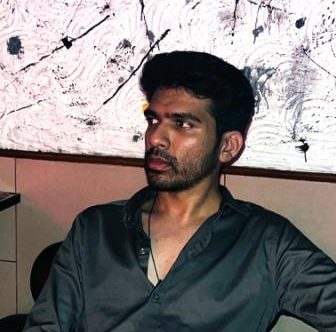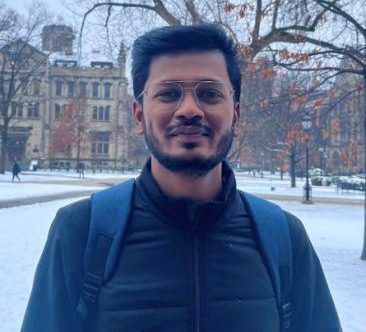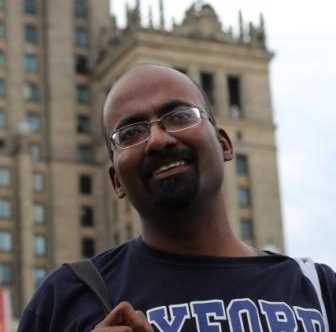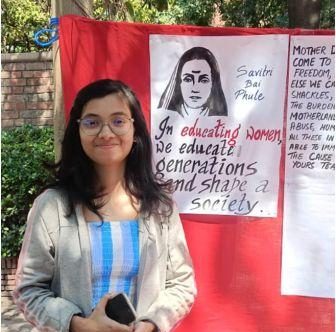Samyak Tirri Social Exclusion by Caste in terms of Justice and Protection The prominent legal Maxim reads “Justice Delayed is Justice Denied”, but in the case of Tsundur the justice and protection both are denied directly which left eight deaths unanswered. This is a note of social exclusion which highlights the prevalence of justice and …
Not Delayed, But Denied: A Case of Compromised Justice and Protection
